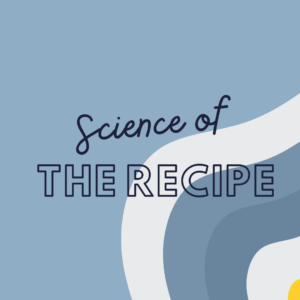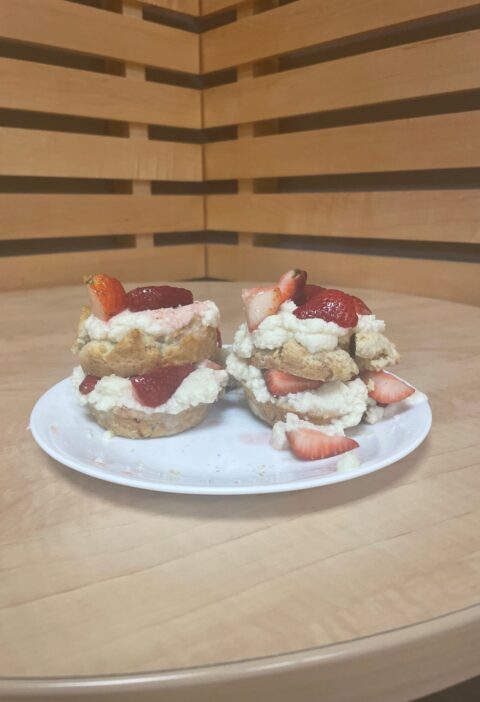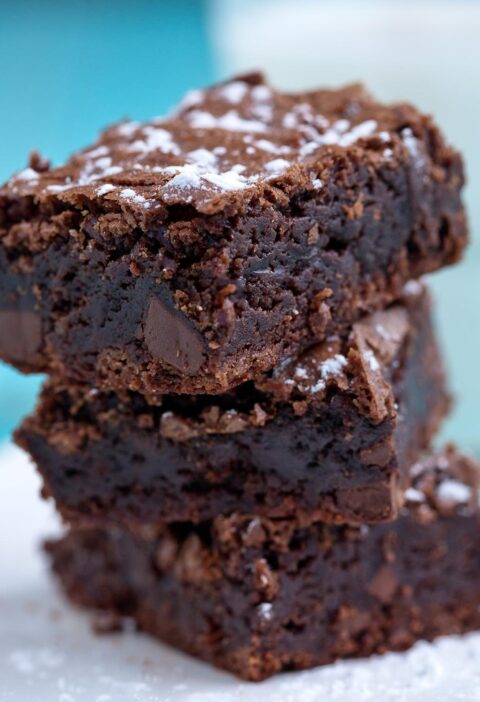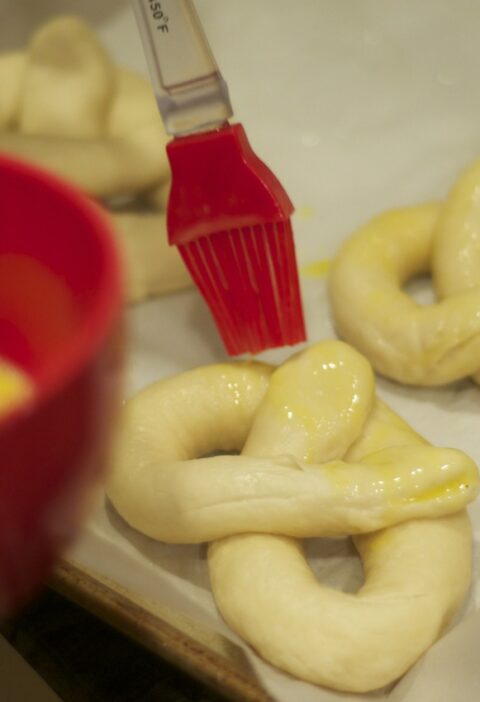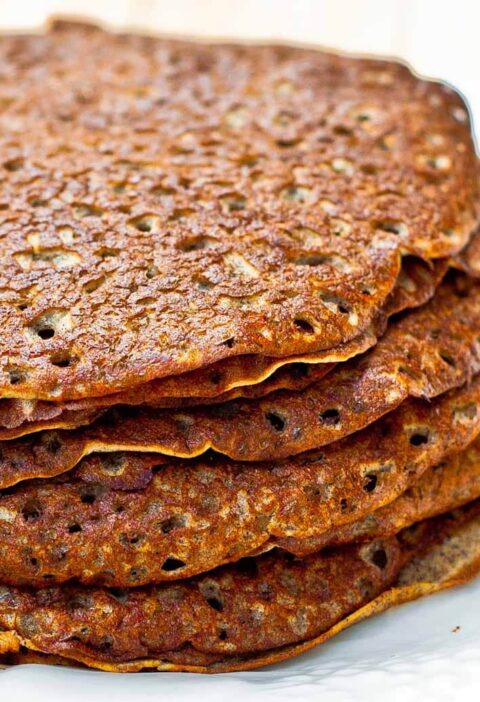Don’t be fooled by the lack of eggs – the science behind vegan macarons is just as important and complex as their traditional counterparts. These pastries also rely on a delicate balance of ingredients and techniques to achieve their characteristic texture and shape. While many traditional macaron recipes rely on egg whites to create a meringue, vegan macarons use aquafaba to create a similar mixture.
Although the term “aquafaba” may be unfamiliar to some, it’s simply the liquid that comes from a can of chickpeas, and it’s chock full of proteins. Just like egg whites, these proteins can be coaxed into forming stiff peaks. As sugar is gradually added to the aquafaba, it interacts with the proteins to form a stable meringue. This happens due to the process of protein denaturation, which occurs when the proteins in the aquafaba unfold and bond with each other to form a network of interconnected proteins. This network helps to stabilize the air bubbles in the mixture -created by whisking- and prevent them from collapsing. This results in a light and fluffy meringue that is perfect for vegan macarons.
While aquafaba is a fantastic substitute for egg whites in vegan macarons, it does come with its own set of challenges. Egg whites contain large amounts of albumin, which is the protein that largely ensures the formation of a stable meringue. However, albumin proteins are less concentrated within aquafaba and more easily broken down- making it harder to achieve the meringue’s desired texture7.
Fortunately, there is a solution: cream of tartar. If a small amount of cream of tartar is added to the aquafaba before whipping it, the acid in the cream of tartar aids in the denaturation process by lowering the pH. Cream of tartar isn’t just for vegan macarons, however. Check out our article on using cream of tartar for more information.




